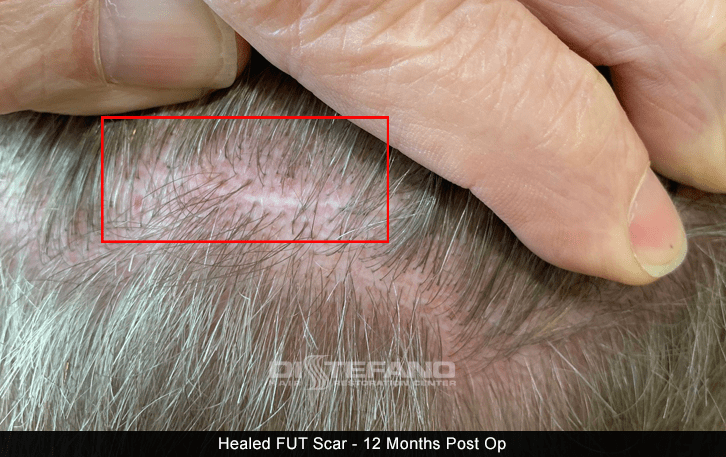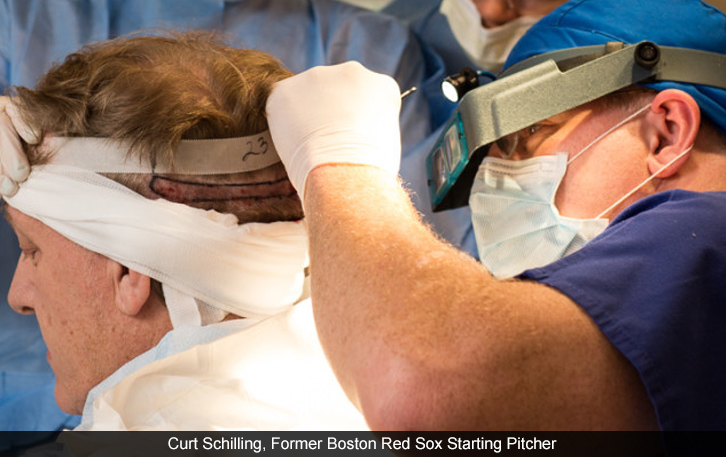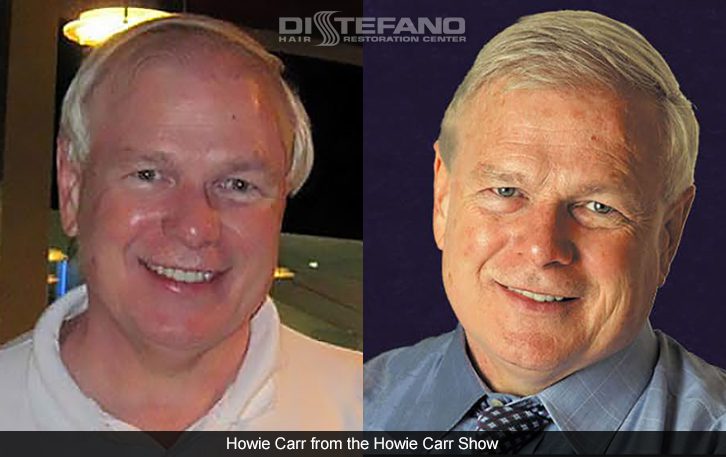Choose Gender:
Select The Areas of Hair Loss
Using the interactive graphic below, click on the areas that you believe are currently affected. (If using mobile, pinch to zoom to better select the areas)




Using the interactive graphic below, click on the areas that you believe are currently affected. (If using mobile, pinch to zoom to better select the areas)
Soon after the FUT hair transplant procedure is completed, you can head home for some rest and relaxation. We’ll provide you with a post-op kit including simple instructions to help ensure the best possible outcome. These include:

Not everyone heals at the same rate, but most of our patients report being able to return to work and other normal activities within a few days. Be advised that hair in the donor area will be short for two weeks or more as it is trimmed closely to the scalp.
How long will it take for hair to start growing in the host area? Typically within three to four months, with more aesthetically pleasing results visible after about six months. After about eighteen months, you’ll look as if no hair loss had ever occurred — just your previous, natural-looking self.
At DiStefano Hair Restoration Center, we’re here to support you from the initial consultation right through surgery, recovery, and beyond. Contact us today to learn if FUT hair transplant is the right procedure for you. We will discuss FUT hair transplant cost, preparations, expectations, results, and management.
Visit one of the DiStefano Hair Restoration Centers near you:
DIStefano has branches in various states to cater to more customers who need hair restoration solutions. Schedule a consultation now!


